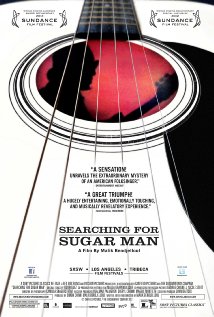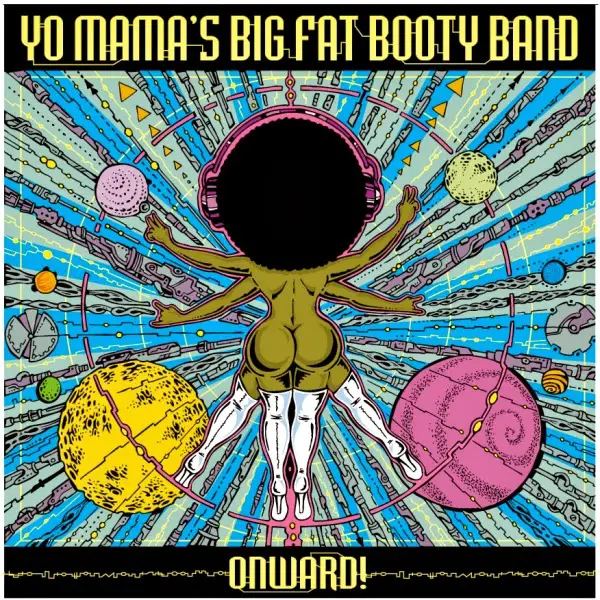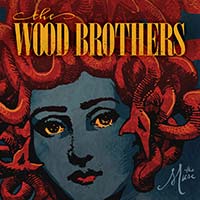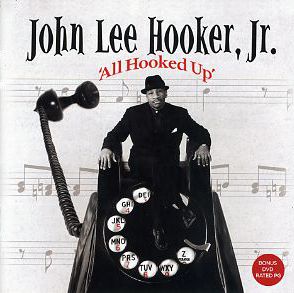Music history rarely has happy endings. A band can fall into a drug-induced downward spiral until they’re shadows of their former selves. Groups may rehash their first breakout album to lesser and lesser successes, eventually becoming that group that had “one good idea.” They can end prematurely from a death of a band member or a burning of bridges. Some bands may just never take off, forever forgotten in the sea of obscurity. And there’s the possibility of a combination of all of these failings. The fall from glory can be pretty ugly, and the sad thing is that since it happens so often, it’s not too surprising.Sixto Rodriguez was one of those artists who never took off. You could even say his plane exploded in the hangar. He released two albums, Cold Fact in 1970 and Coming from Reality in 1971. Both albums flopped horribly. The US didn’t acknowledge him in any way. And so, the musician known simply by his moniker “Rodriguez” was doomed to never get his day in the sun. Except he actually had tons of fans.Far off on the southern tip of Africa, Rodriguez had a very big following. So big, in fact, that he became one of the major musical influences for protestors during the Apartheid. His straight folk about down-on-your-luck life touched many downtrodden people in the country, and his music influenced many South African rock bands that followed him. But the mystique of Rodriguez remained. While many other artists that were popular in South Africa, had backstories and easily attainable information, Rodriguez was the unknown. Many fans didn’t even know his real name.It took a few devoted fans and a lot of painstaking research to uncover the truth about Rodriguez, and this is exactly what the documentary Searching for Sugar Man is about. The title is a reference to Rodriguez’s most famous song, “Sugar Man,” which is also the nickname for devoted fan Stephen Segerman. Segerman and musicologist Craig Bartholomew Strydom are the focus of the documentary, chronicling their adventure of unmasking the identity of their idol.To step out from behind the typewriter for a bit, I want to warn readers that the following paragraphs will contain heavy spoilers about the movie. If you have not seen it yet (though you should definitely go see it), the following content may dampen the effects of seeing the movie without hearing how it ends. Proceed at your own caution.Segerman and Strydom both believed in the rumors behind Rodriguez’s demise. It was said that he killed himself onstage via self-immolation, after a rather unresponsive audience began booing him. He was rumored to have spoken “Thanks for your time, and you can thank me for mine, and after that’s said, forget it,” the refrain to his song, “Forget It,” before he set himself on fire.Armed with his lyrics and his supposedly dead voice haunting South African record players, many listeners hung onto his music as escape. He was a legend in South Africa, and his mystique only made him more interesting.As for his music, Rodriguez is given the `60s treatment, with sparse production that announces itself in short gasps. Trumpets appear when his voice needs a break. Distortion is added when the words need some grit. Drums come in, but really only to make the songs interesting as they wind their way around the predictable verse-chorus structure. They’re all footnotes to his voice and guitar, though. Steeped in folk culture when Dylan had already gone electric, Rodriguez dials back the fireworks and lets his words do the talking.Most of his songs deal with the state of man in the late `60s and early `70s. Songs about broken-down cities, philosophical failures, and drug abuse flow from his mouth track after track. It’s easy to see how South Africans latched onto his messages in such a time of despair. But they needed to know more about their hero.Segerman and Strydom try to piece together his possible location from his lyrics, which mention San Francisco, Chicago, and many others. Eventually, they found that he lived in Detroit, Hitsville USA. Talking to the former label head of Rodriguez’s record label only led to a passing response about his albums, but their path ran cold—that is, until they contacted the producers for his records. They received answers to their myriad questions. Rodriguez was discovered in a smoky Detroit bar; after he recorded his two albums he gave up making music altogether; he was a construction worker by trade; and most importantly, he was still alive.The film then goes to a heartwarming scene of Rodriguez opening a window to his old Detroit home, wearing the same sunglasses seen in both of his album covers. He has more wrinkles and a time-worn voice, but it’s definitely him. Segerman talks about setting up a missing person website at the dawn of the internet age, only to be contacted by one of Rodriguez’s daughters. Segerman recalls that phone call he got in the middle of the night, hearing the voice he idolized so much, smiling brightly.It didn’t end there, though. Upon hearing of his success in Africa, Rodriguez decided to play a few shows there. Many fans in Johannesburg thought this had to be a joke. They all believed that he was dead, never to be seen again. Even musicologists of the country were skeptical, convinced this Rodriguez was just an imposter. He wasn’t.What followed was possibly one of the most heartwarming moments in music history, as Rodriguez, an extremely humble man, was received joyfully by a crowd of thousands. It looked like the Beatles had just reunited, and for South Africans, that’s basically what happened. Rodriguez didn’t know how to take this newfound fame, sleeping on hotel couches even though they gave him the nicest suites. He played three sold out shows in Johannesburg, filling stadiums with thousands of fans. When he stepped onstage, he received a standing ovation for over five minutes, and he didn’t even say a word, just enjoying the moment. People in the crowd were dancing, singing, and crying, overjoyed that their long lost hero was not so lost after all. And in that moment, an artist who never found success had his happy ending.Fame never got to his head. Rodriguez gave his profits from these concerts to his friends and family, emphatic on staying in his small Detroit home. He went back to his construction job until he retired, spending time with his three daughters. He lived a simple life, happy with what he had done, and happy that he could make others feel good.Searching for Sugar Man is a story on the transformative power of music. It’s a treatise on how the smallest artists can make huge waves, even unbeknownst to them. Perhaps Rodriguez’s story is one of the best in music, a tale about lost and found that ends with a smile. But it’s also something to ruminate on with other artists who didn’t make it. Even the most inconsequential groups have the potential to change people’s lives, whether it’s one or one million. And as this movie ends, one can only wonder about what other hidden gems are buried in the sunken earth of music history. Searching for Sugar Man is now showing in theaters, and Rodriguez is currently on tour across the USA. Visit http://sugarman.org for more information.






















